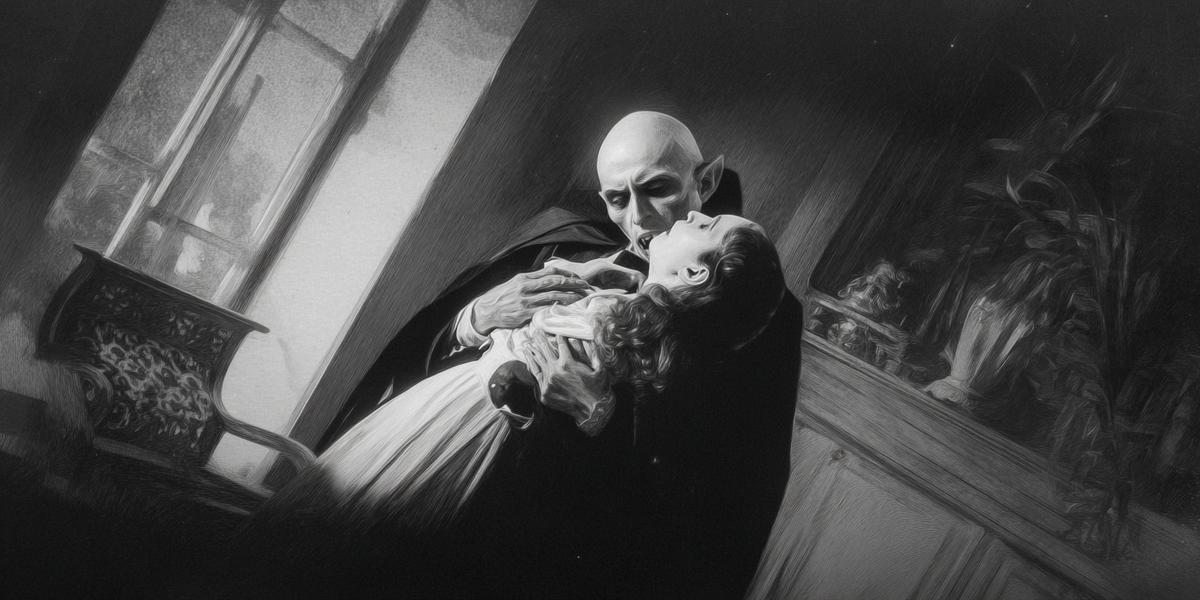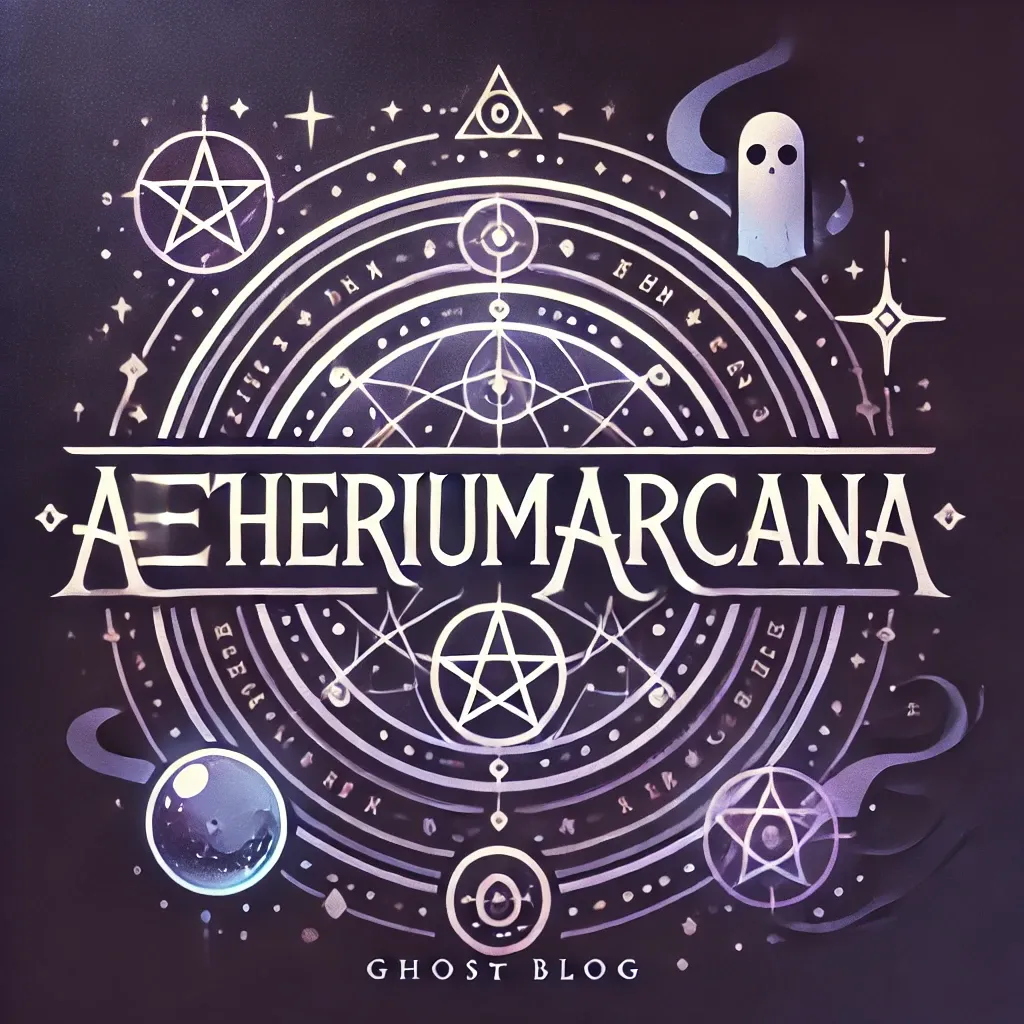Though the novel is often read through a Victorian Protestant lens—with Van Helsing as a mouthpiece for Enlightenment rationality and Catholic superstition—its treatment of Catholic sacramentality is far more ambivalent.
Subscribe to continue →Sacrificial echoes in the life of the undead...

